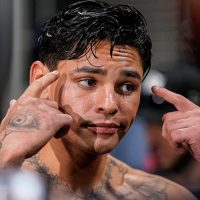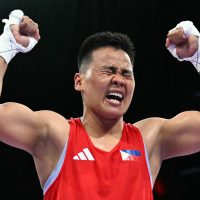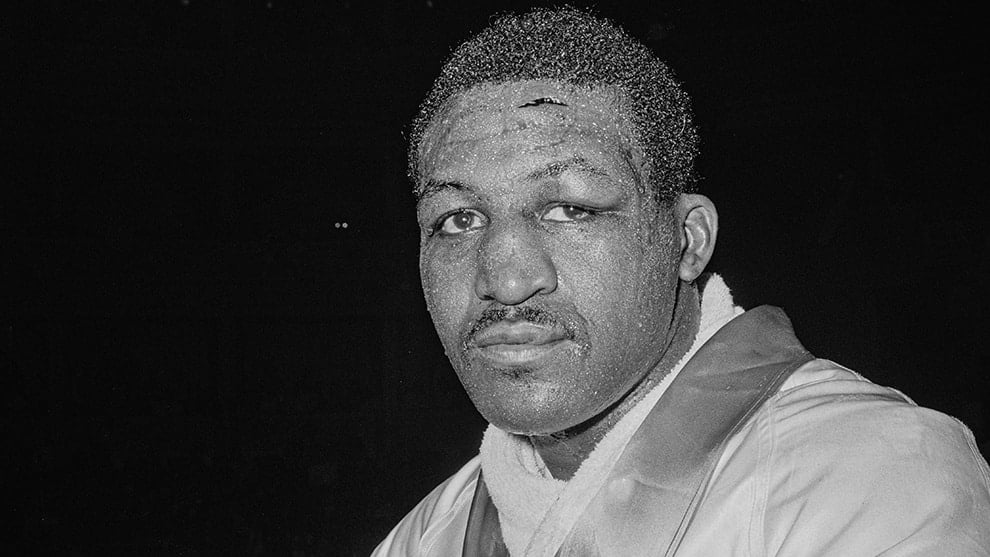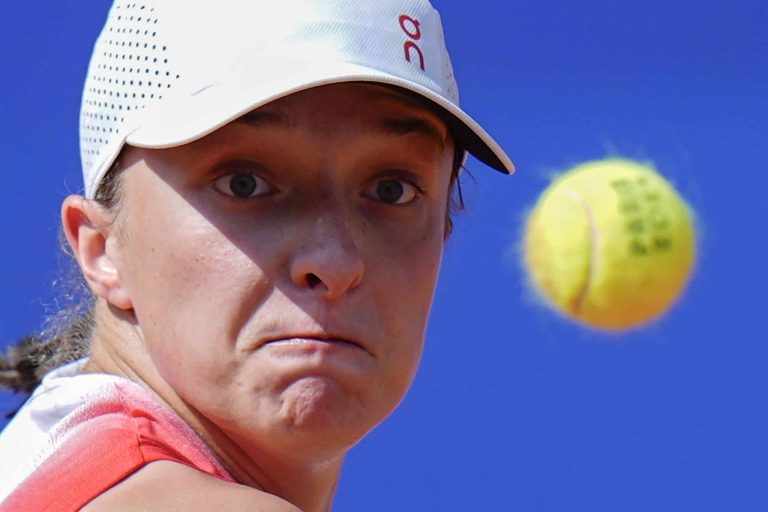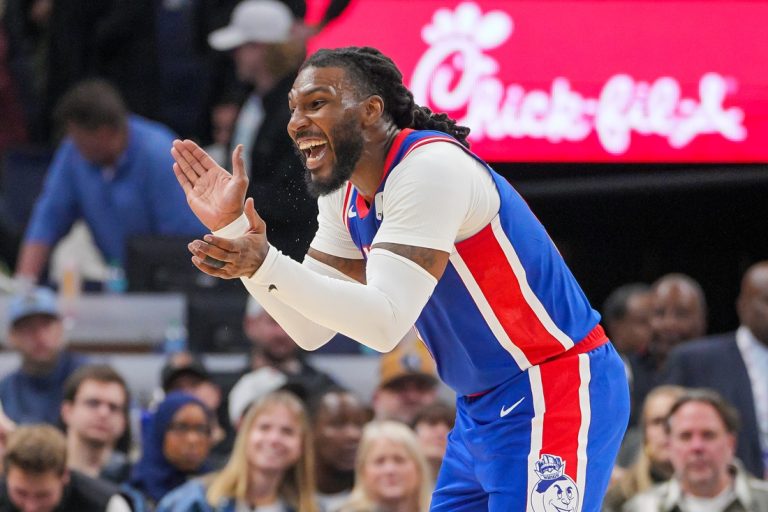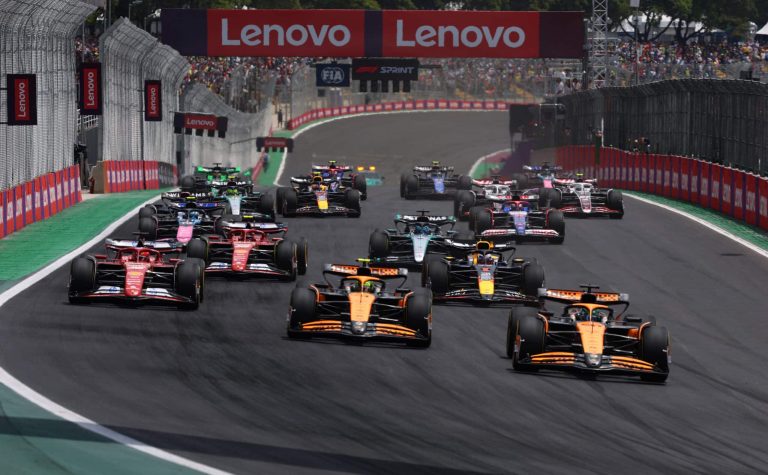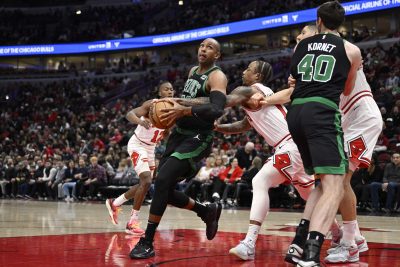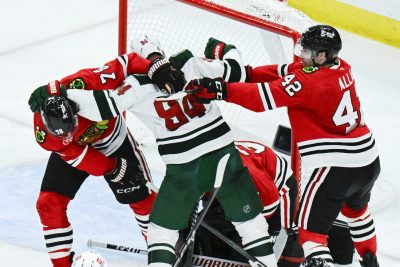Profile compiled by Eric Armit
Name: Leotis Martin
Born: 10 March 1939 Helena, Arkansas, USA
Died: 20 November 1995
Career: 1962 to 1969
Record: 36 fights, 31 wins (19 by KO/TKO), 5 losses (2 by KO/TKO).
Division: Heavyweight
Stance: Orthodox
Titles: NABF heavyweight champion
Major Contests
Scored wins over: Allan Harmon, Sonny Banks, Von Clay, Amos Johnson, Roberto Davila, Mariano Echevarria, Billy Daniels, Karl Mildenberger*, Thad Spencer, Alvin Lewis (twice), Roger Russell, Sonny Liston **
Lost against : Floyd McCoy, Jimmy Ellis**, Roger Russell, Henry Clark, Oscar Bonavena*
**Past/ future holder of a version of a world title
* Unsuccessful challenger for a version of a world title
Leotis Martin’s Boxing Story
Martin had an outstanding record as an amateur. In March 1960, at the Golden Gloves Tournament of Champions, he beat future foe Jimmy Ellis in the 160 lbs final and a month later. At the Intercity Golden Gloves (the forerunner to the National Golden Gloves), he won the title at 160 lbs. He also won the US National title in April 1960 again at 160 lbs (a young Cassius Clay was 178 lbs champion that year) but in May lost in the semi-finals of the US Olympic trials. In 1961, he repeated his victory in the Intercity Golden Gloves but lost at the semi-final stage in the 1961 National finals.
He had relocated to Philadelphia and was being trained by Yank Durham, who was also training Joe Frazier. Martin had his first professional fight in Canada on 26 January 1962 against fellow American Bobby Warthen, who he had beaten in the Intercity Golden Gloves final in 1960. He then crossed the border and scored three wins in Pennsylvania in 1962. In 1963, he went 9-1 in ten fights with the loss of an upset KO by 14-14-1 Floyd McCoy.
He won five in a row, but one win was over Sonny Banks. A hard puncher, Banks had floored Cassius Clay in the first round of their fight in 1962, only to be stopped in the fourth. On 10 May 1965, Banks was winning against Martin, who was badly shaken in the ninth but launched a right counter that sent Banks down with his head banging on the canvas. Banks was taken from the ring on a stretcher. He never recovered and died three days later.
Martin returned to the ring with a win in October 1965 and scored wins over Von Clay, Amos Johnson, Roberto Davila and Spaniard Mariano Echevarria. Wins over a few lesser lights saw his record reach 23-1 by June 1967. When Muhammad Ali refused induction into the US Army the WBA stripped him of their title and held a tournament to find a new champion. Martin was selected to participate in the eliminators and, in the quarter-finals, was drawn against Jimmy Ellis, his rival from his amateur days when they had gone 1-1 in their two fights. It would not be considered a heavyweight fight now.
Both had climbed through the weights. Martin had weighed 160 lbs in his first fight and was 192 lbs for this fight. Ellis had weighed as low as 157 lbs and was 194 ¼. Ellis won easily. From the start, he was too quick for Martin and had Martin reeling on numerous occasions before the fight was stopped in the ninth as blood was pouring from a cut inside Martin’s mouth. Ellis beat Oscar Bonavena in the semi-final and won the vacant WBA title with a majority decision over Jerry Quarry.
Martin was on the verge of disappearing from the heavyweight picture when he lost a split decision against Roger Russell in November 1967. The year 1968 was a rollercoaster ride for Martin. In April he travelled to Germany where he floored Karl Mildenberger three times and knocked him out in the seventh round.
The rollercoaster dipped as just twenty-two days after the Mildenberger fight, he lost a majority decision to Henry Clark, then soared again in May when he stopped Thad Spencer in nine rounds in one of the greatest heavyweight fights ever seen in a British ring. It was puzzling to see two Americans topping a show at the Albert Hall, but the fight will live forever in the memory of those who saw it. Down dipped the rollercoaster again as in September Martin was easily beaten on points by Oscar Bonavena in Buenos Aires.
Martin was being dismissed as unpredictable and again on the brink of being just an also-ran in the heavyweight stakes. However, another uptick on the 1968 rollercoaster ride as in November, he took on 19-1 Alvin “ Blue” Lewis in Detroit and in front of Lewis’ home fans, he stopped Lewis in the ninth round. Lewis demanded a return and in February 1969, again in Detroit, Martin won a split decision. Martin stopped Wendell Newton in October and, in November, reversed the 1967 loss to Roger Russell.
Martin’s luck was about to change. Since losing the second fight against Ali in 1965, Sonny Liston had won 14 fights in a row, 13 by KO/TKO, and Martin was chosen to be win No 15. They were to meet in Las Vegas on December 6, 1969, over twelve rounds with the inaugural North American Boxing Federation title on the line. Liston had a 20 lbs advantage in weight over Martin and was 3” taller. On the down side for Liston is that he was one week away from his thirty-ninth birthday.
Despite that Liston was still very much a feared fighter. Martin had helped Liston prepare for his fights against Floyd Patterson and Muhammad Ali so knew Liston well. He decided that if he could survive the early rounds he would face a weakening Liston and would have a chance of winning. It did not look as though Martin’s game plan was going to work when Liston dropped him with a left hook late in the fourth round.
Martin survived the remaining 30 seconds and boxed on the retreat, partly as part of his plan but also because of Liston’s jack-hammer jab. Even on the retreat Martin was finding the target with his own jab and using his younger legs to set a faster pace than Liston wanted. After eight rounds of chasing down the retreating Martin, Liston was in front by three points on two cards and two points on the third, but Liston was tiring.
In the eighth, Martin shook off a huge left hook and began to force Liston back, piling on the punches. In the ninth, Martin was out jabbing Liston and followed a jab with a booming right cross to the head that stunned Liston. Martin banged home a left and a right, and Liston fell face down on the canvas, not moving for the 10 seconds of the count. That rollercoaster had hit the heights with Martin’s career-best win and a world title fight a possibility.
But this is Leotis Martin and the rollercoaster had one last cruel roll. Martin was diagnosed with a detached retina and forced to retire. The injury was said to have been a result of the Liston fights, but there was some mention that he had been fighting with the injury from before the Liston fight. Eye surgery has progressed, and a detached retina would not automatically be a reason to retire today, but for Martin, in 1969, it spelt the end of his career.
Whilst boxing from 1964, Martin had a full-time job as a machinist at a manufacturing company, and he continued that work until retiring in 1995. In November of that year, he had a stroke brought on by hypertension and complications from diabetes and died aged just 56.
#Leotis #Martin #beat #feared #heavywight #beast




